This doesn't provide you with a complete guide as to how to solve your image processing question with opencv but it contains some hints and observations that may help you get there. My weapon of choice is ImageMagick, which is installed on most Linux distros and is available for OS X and Windows.
Firstly, I note you have date and time across the top and you haven't cropped correctly at the lower right hand side - these extraneous pixels will affect contrast stretches, so I crop them off.
Secondly, I separate your image in 3 channels - R, G and B and look at them all. The R and B channels are very noisy, so I would probably go with the Green channel. Alternatively, the Lightness channel is pretty reasonable if you go to HSL mode and discard the Hue and Saturation.
convert display.jpg -separate channel.jpg
Red
Green

Blue
Now make a histogram to look at the tonal distribution:
convert display.jpg -crop 500x300+0+80 -colorspace hsl -separate -delete 0,1 -format %c histogram:png:ahistogram.png
Now I can see all your data are down the dark, left-hand end of the histogram, so I do a contrast stretch and a median filter to remove the noise
convert display.jpg -crop 500x300+0+80 -colorspace hsl -separate -delete 0,1 -median 9x9 -normalize -level 0%,40% z.jpg
And a final threshold to get black and white...
convert display.jpg -crop 500x300+0+80 -colorspace hsl -separate -delete 0,1 -median 9x9 -normalize -level 0%,40% -threshold 60% z.jpg

Of course, you can diddle around with the numbers and levels, but there may be a couple of ideas in there that you can develop... in OpenCV or ImageMagick.
